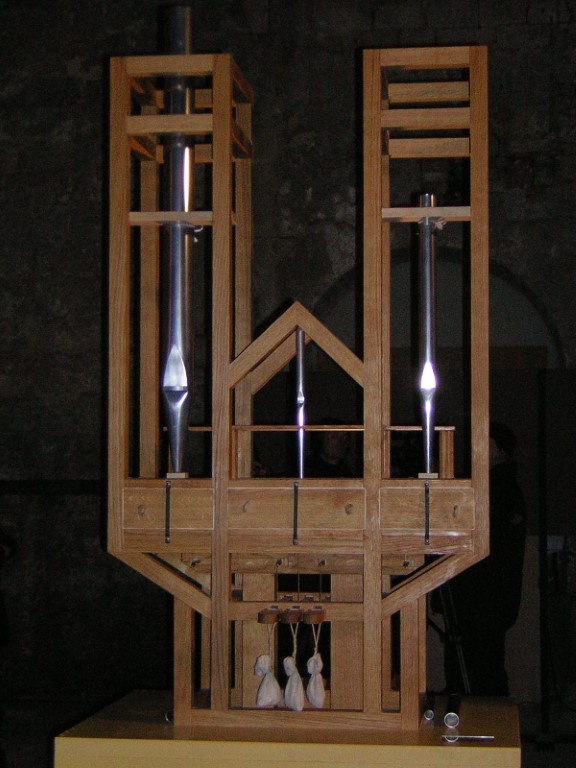
‘As Slow as Possible’ changes chord as its 639-year journey continues
By Craig Allan, Staff Writer
On September 5, music aficionados travelled to Halberstadt, Germany, braving the pandemic sweeping the globe, to hear the change of a chord on an organ. This was not a normal change though, as it was the first time this organ had changed its tune in the last seven years. The reason for this was that the organ is playing a song written by famed composer John Cage called “As Slow as Possible.” The piece was originally written for the piano, but when Cage got it repurposed for the organ, he decided to leave out a critical detail from his work: to what speed should the piece be played.
In 1997, five years after Cage’s death, a symposium was held that concluded that with a well-maintained organ, the song could theoretically be played indefinitely. With this in mind, the St. Burchardi church—located in the town where the historic Blockwerk organ was built, the first organ ever used for liturgies—decided to mark the occasion by having a new organ be built that would be specifically designed to play “As Long as Possible,” for 639 years. The significance of 639 years is to mark the period between the building of the first organ in 1361, and the start of the new organ in St. Burchardi in September 5, 2001, and John Cage’s birthday (the year 2001 is not included in the total.)
The sound on the organ is changed by adding two additional pipes to the organ. The event usually draws thousands of people to the church, but due to the pandemic, the audience had to be limited. That still did not stop the St. Burchardi from celebrating the event, with soprano singer Johanna Vargas and organist Julian Lembke there to mark the occasion. While the wait for this change took seven years, the next chord change will not be as long of a wait, as the next chord change is timed for February 5, 2022. The changes in the chords are timed to always take place on the fifth of a month.
The website for the project states that the reason they are pursuing this odyssey of song is more than just for the longevity of the self-titled song. The goal of the performance is to attempt “A form of attempted deceleration, the ‘discovery of slowness’ and the planting of a ‘musical apple tree’ understood as a symbol of confidence in the future.” This proclamation can be seen in the change of this chord, which Rainer Neugebauer of the John Cage Organ Project claims is the longest uninterrupted sound ever recorded. The song acts as a time capsule for music. While none of us will be around for the conclusion of the song, the song acts as a connection for multiple generations to see, as time and the song go on as long as possible.

